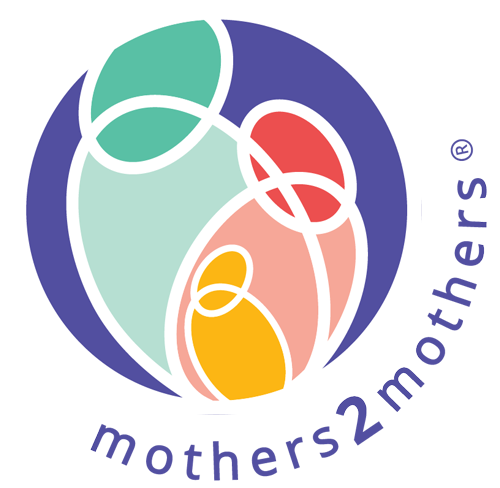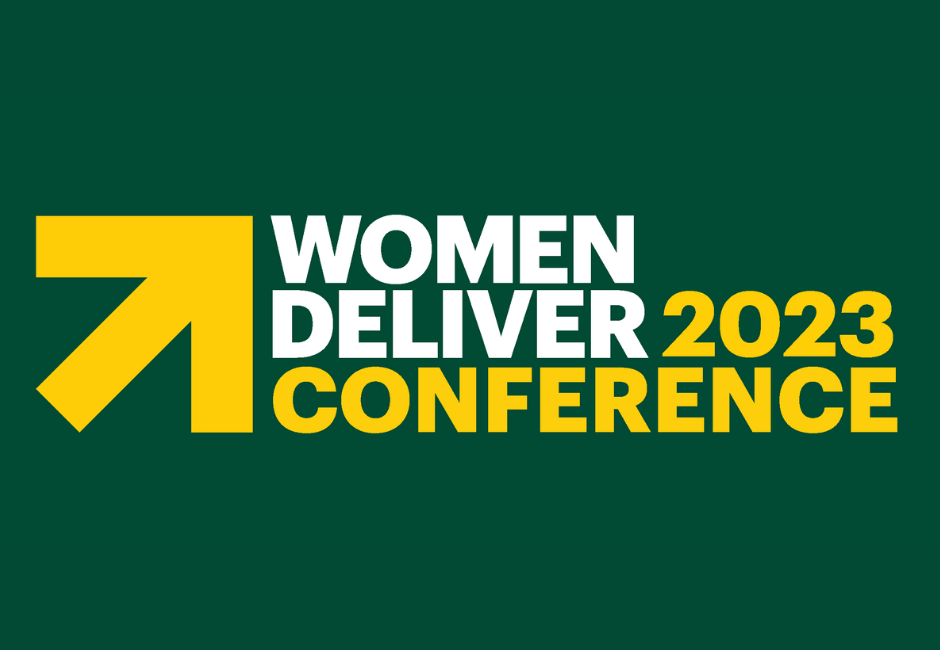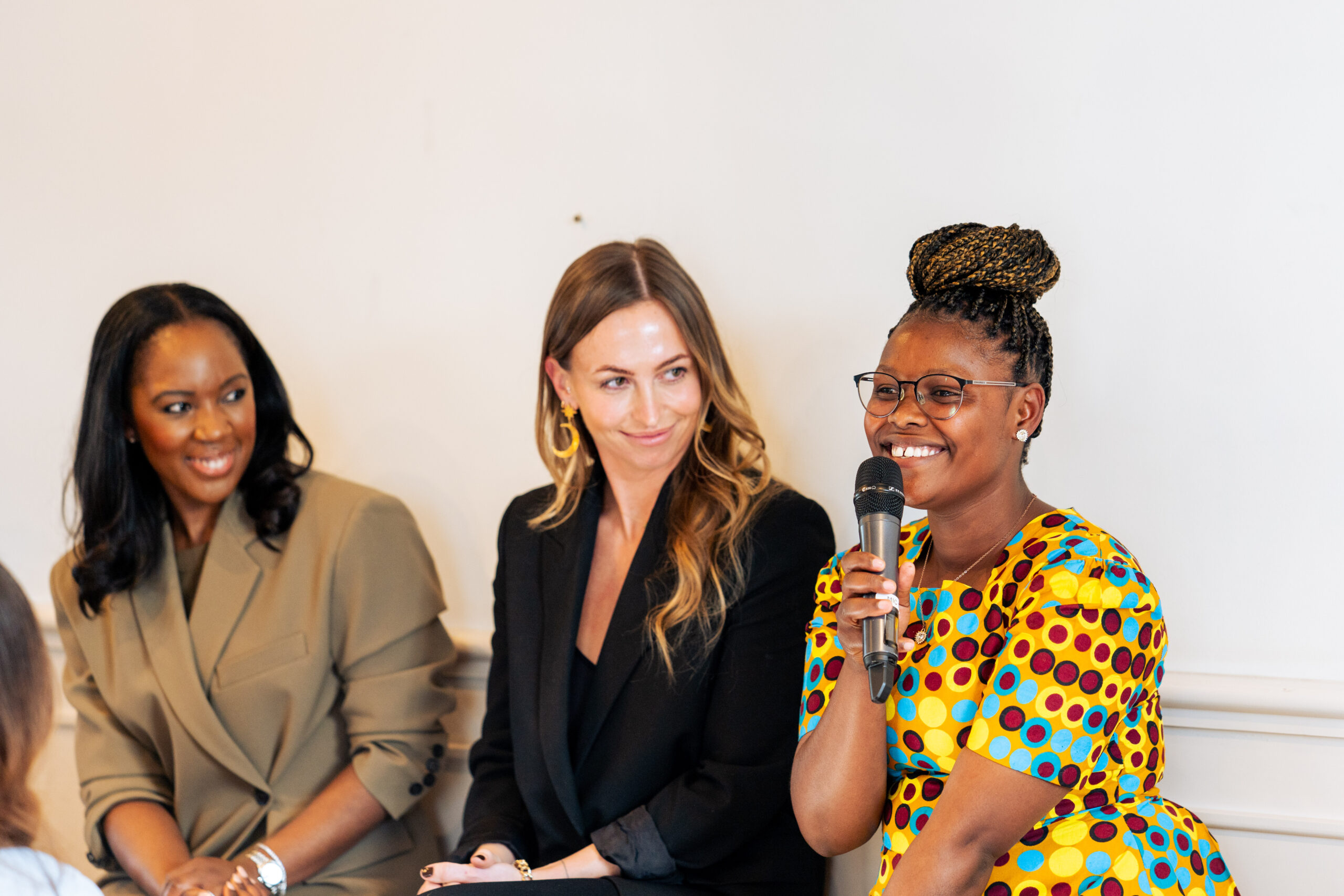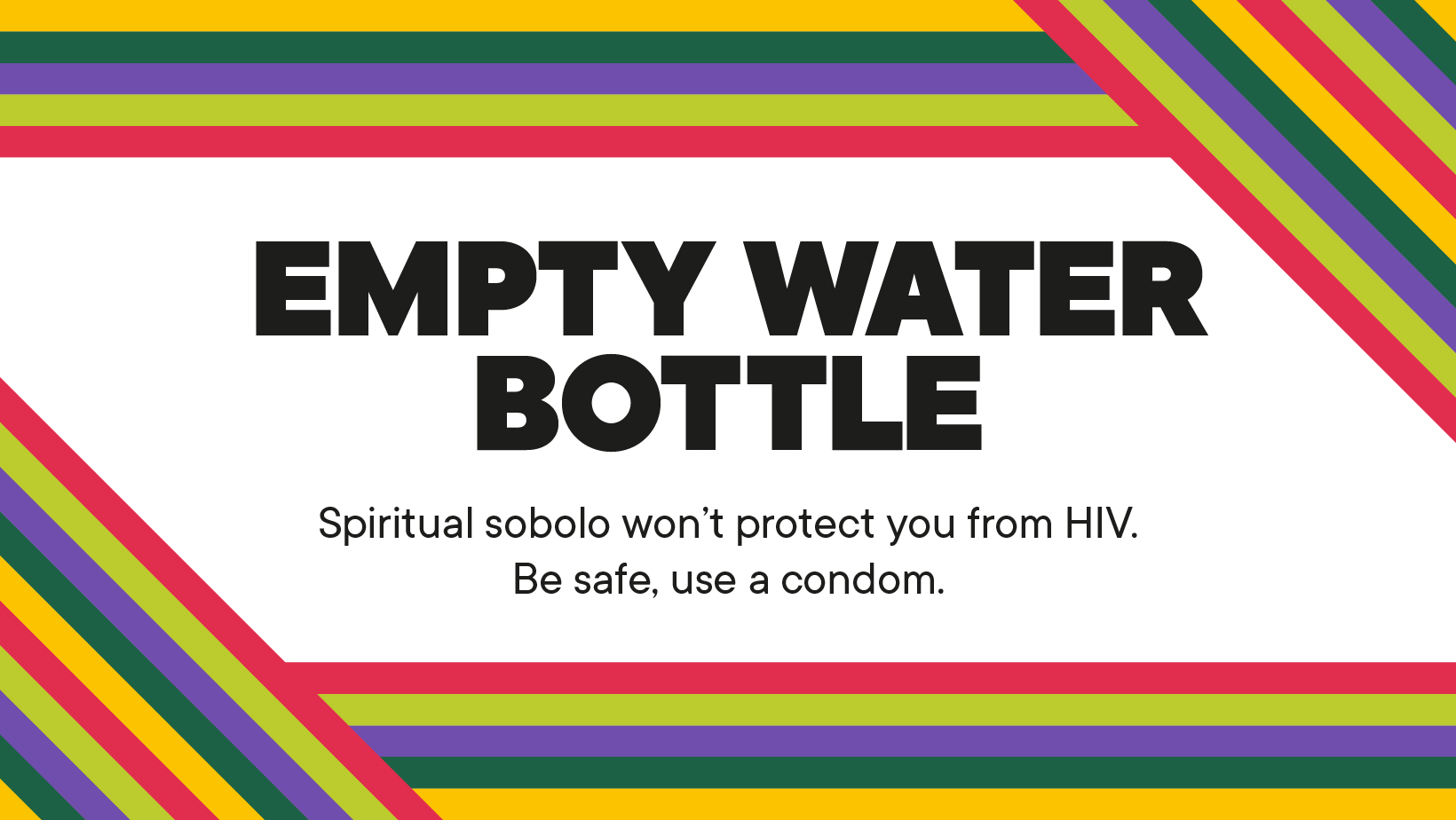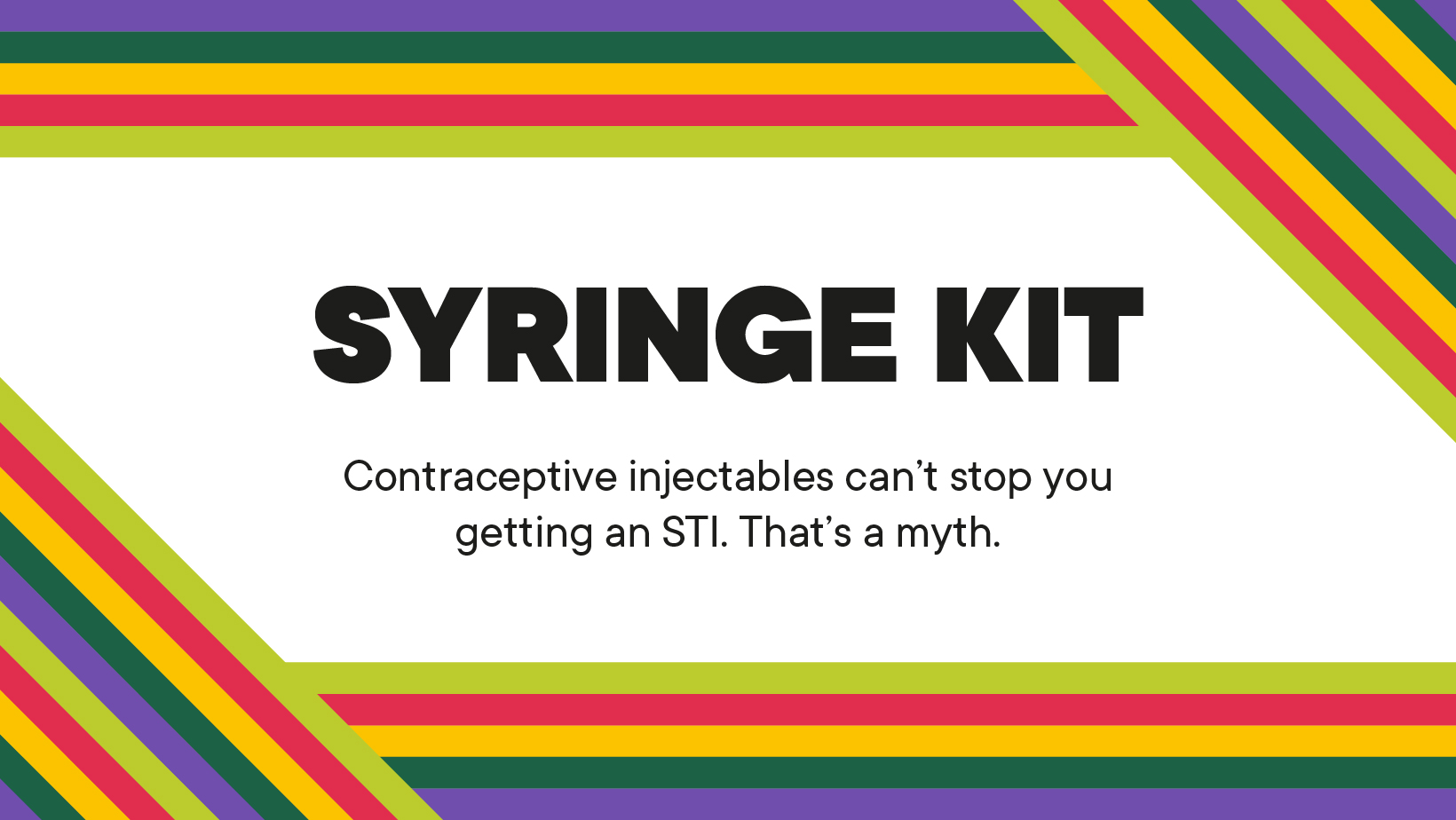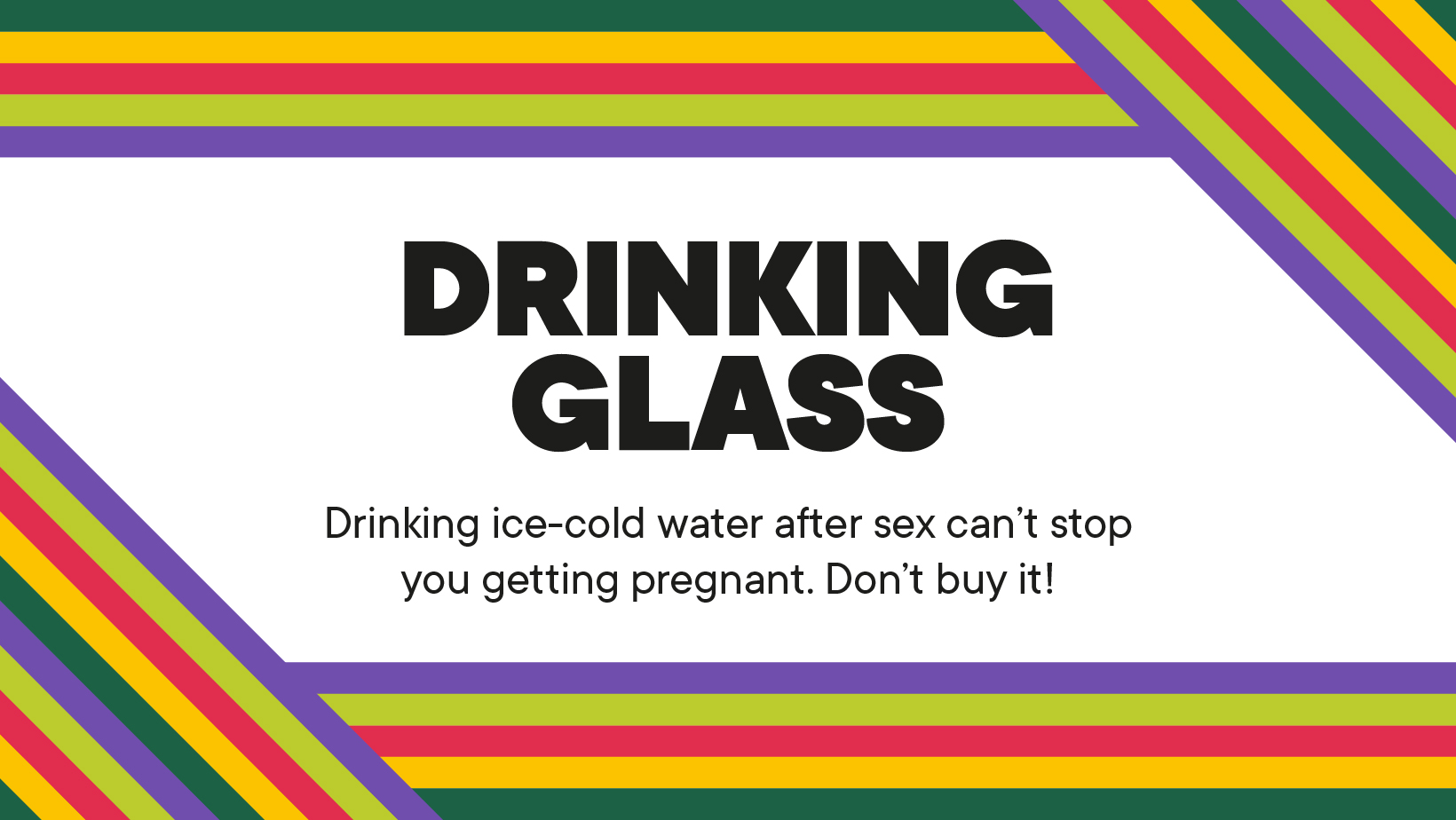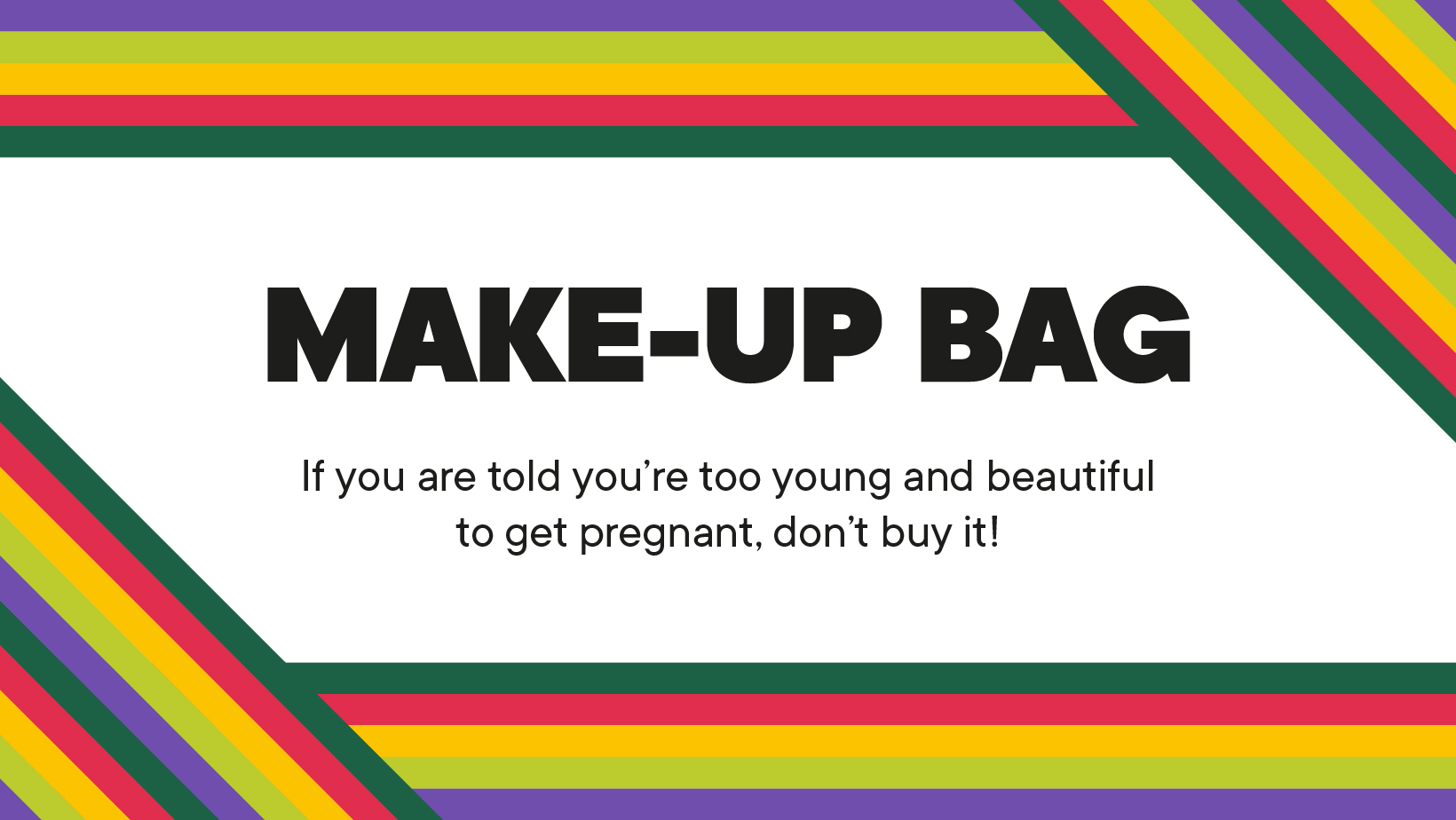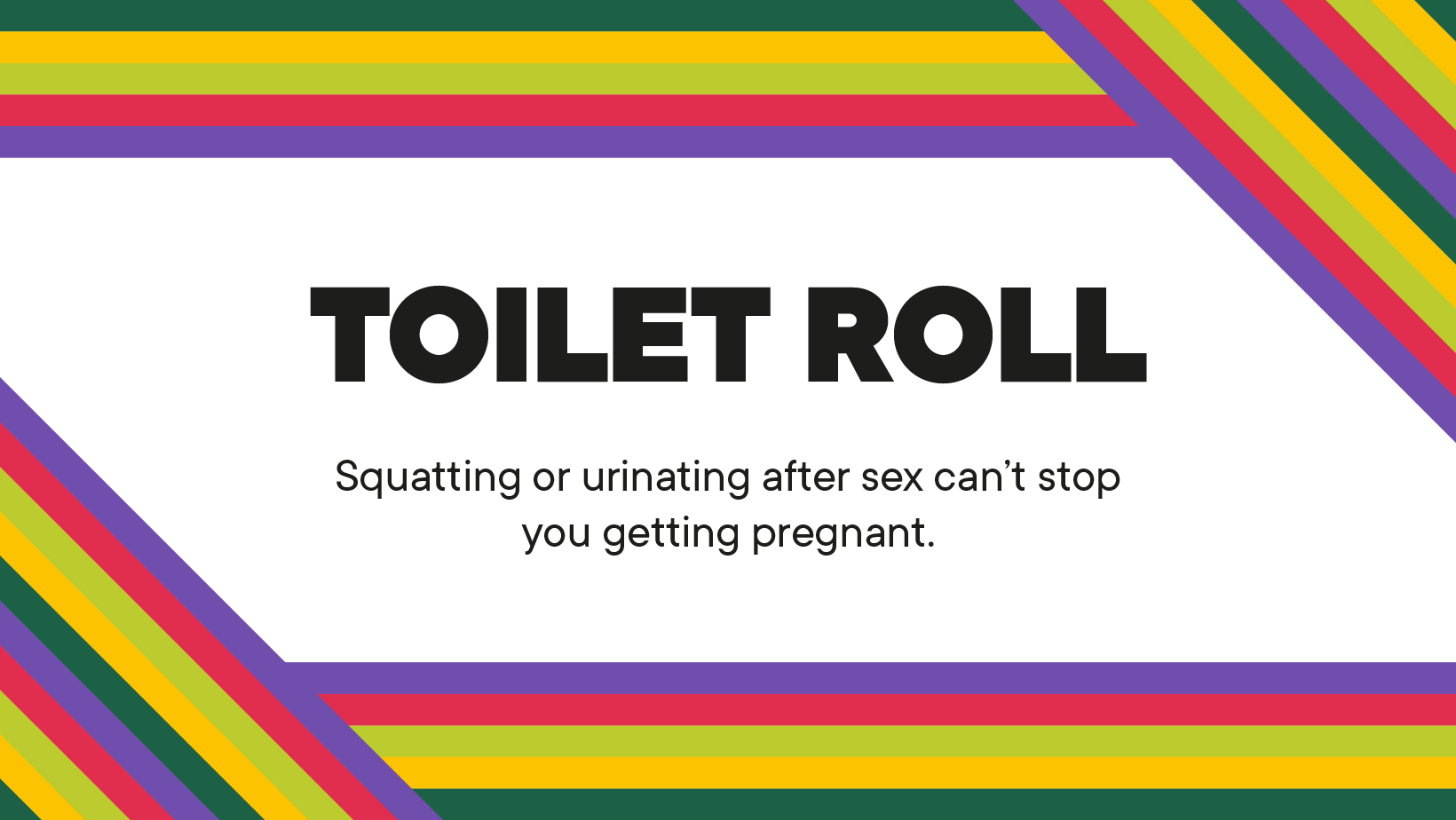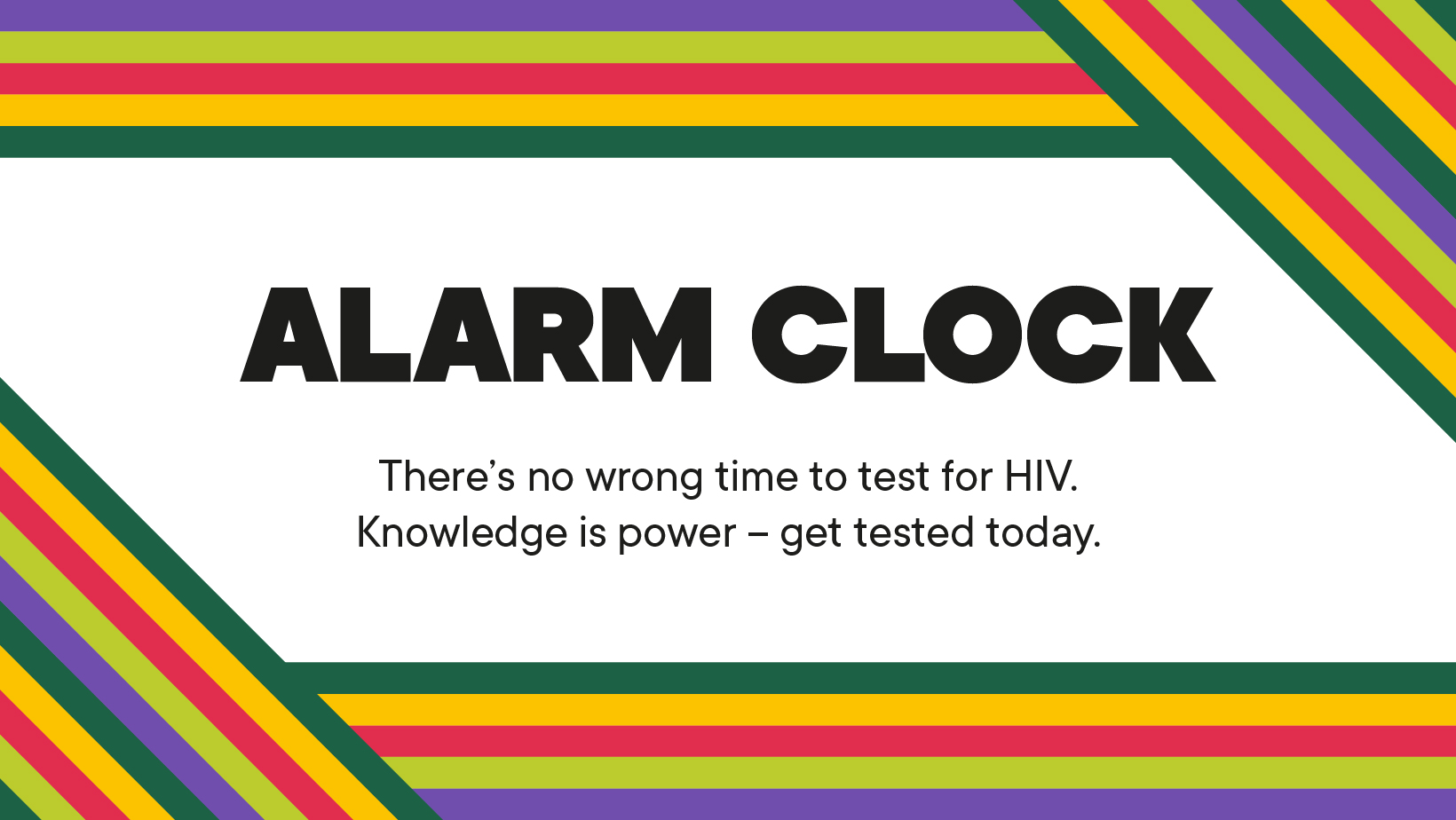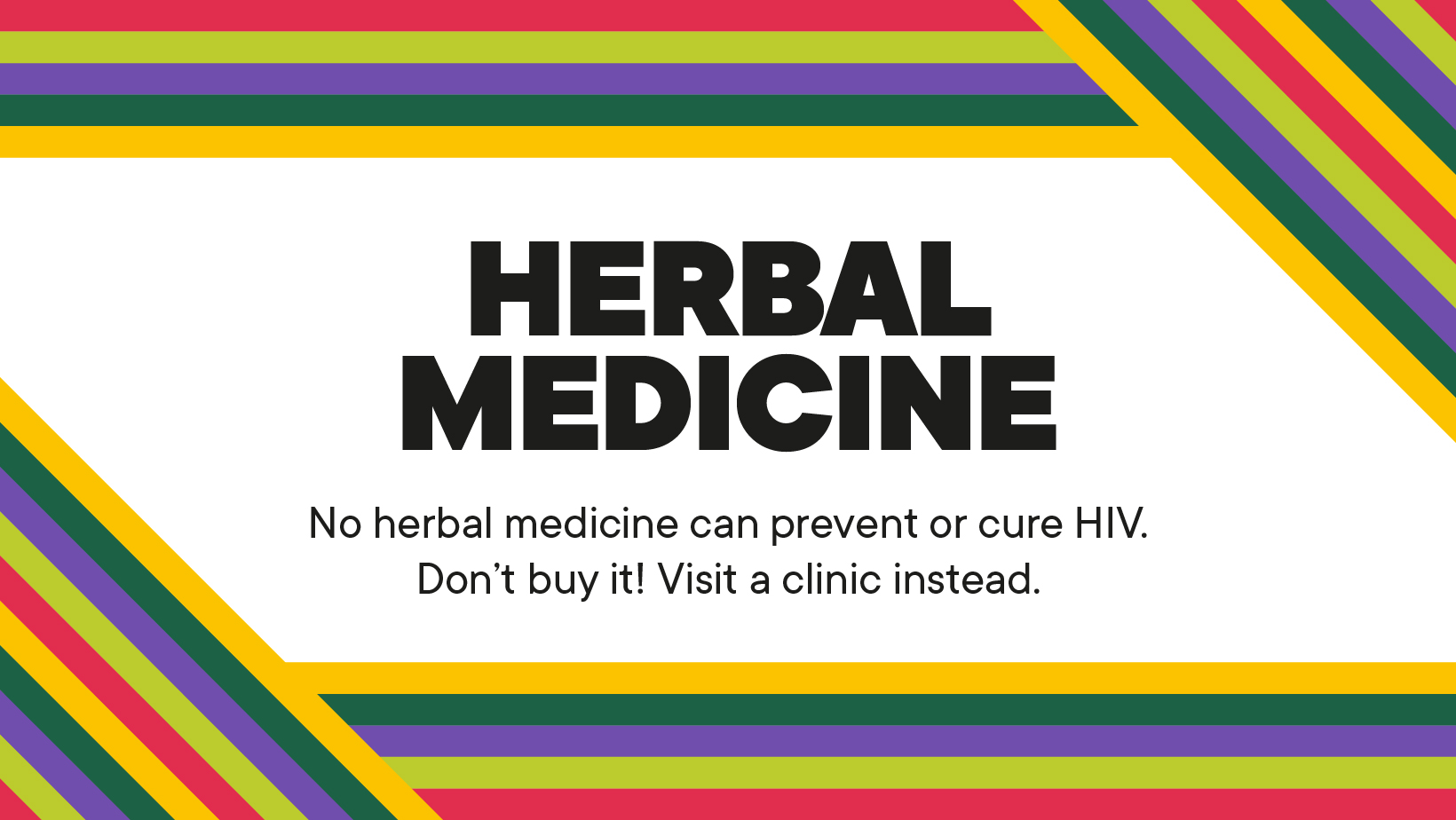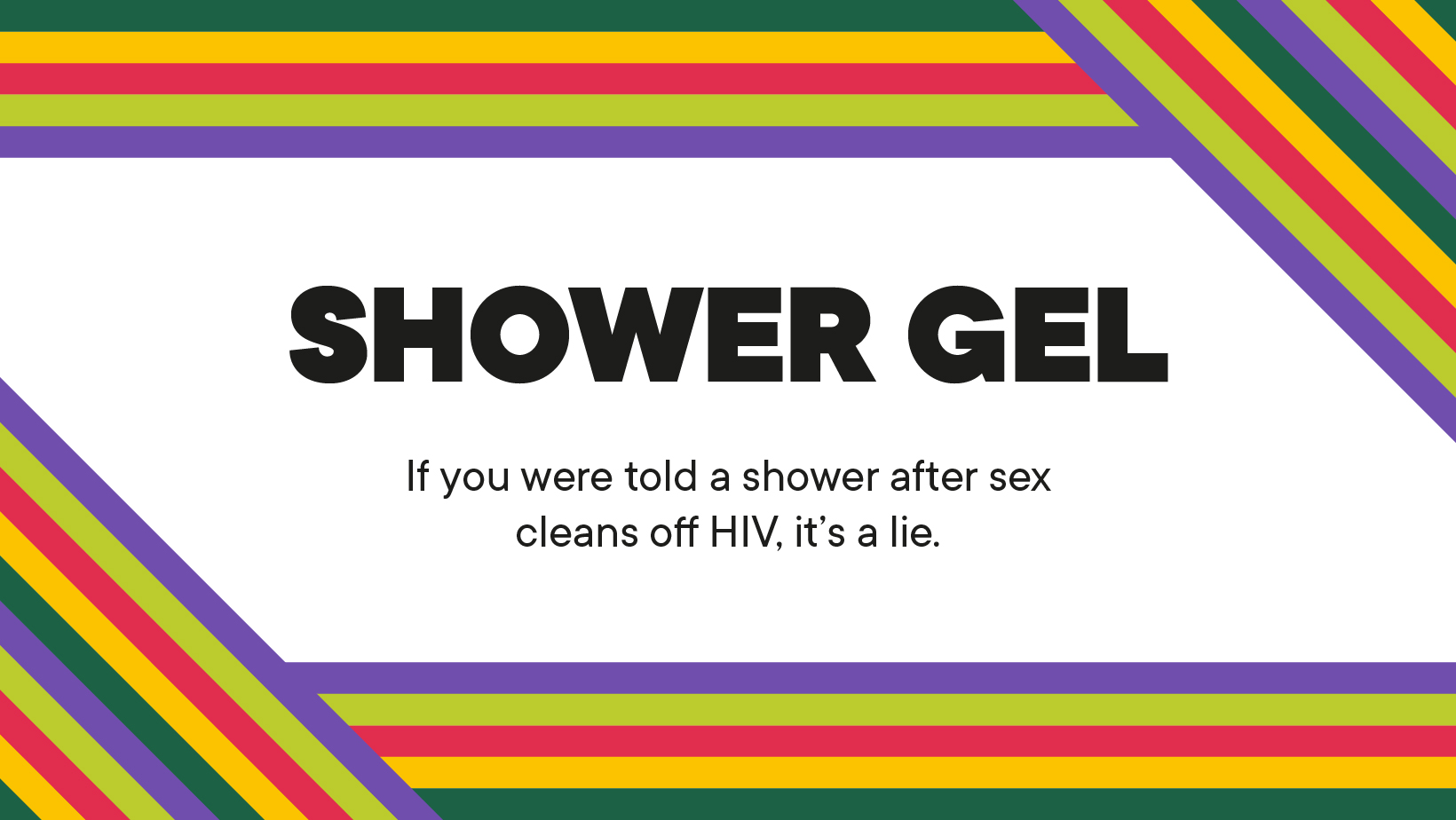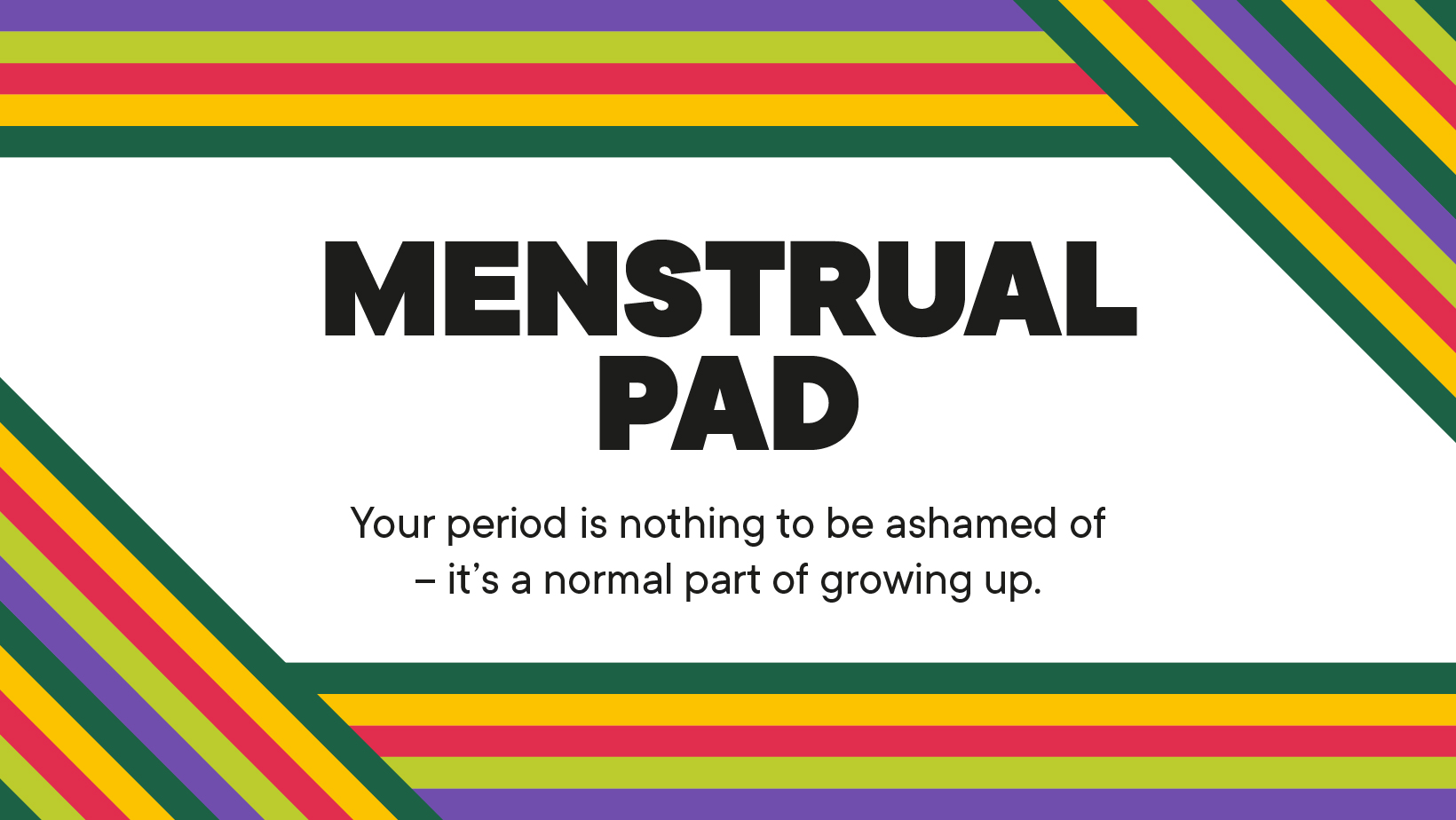On the Road to Zero
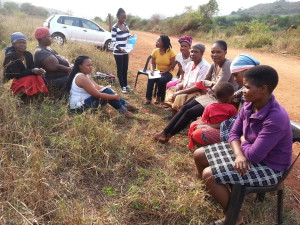
Research assistants in Limpopo during one of their weekly reporting meetings.
As the country with the highest number of people living with HIV in the world, South Africa has made tremendous progress in recent years reducing the number of new HIV infections, including among its youngest citizens. The number of children infected with HIV in South Africa dropped 50% between 2009 and 2012.
But in order to bring that number to zero, UNICEF and the South African government recognised that some areas of the country need help in getting more women and their families to access lifesaving care.
Working closely with the Ministry of Health, m2m identified the three provinces in South Africa – Eastern Cape, KwaZulu-Natal, and Limpopo – facing the biggest challenges in terms of acute malnutrition among children under five years, and low rates of antenatal visits before 20 weeks, HIV testing at birth, and retesting of pregnant women for HIV. And then m2m drilled down even further to identify the health facilities in each province with the poorest performance in these areas. Over the following months, m2m research assistants conducted site visits, meetings, and focus groups to determine how effective the community organisations, including women living with HIV, are in preventing mother-to-child transmission of HIV.
Overall, m2m found:
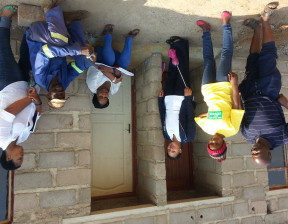
Research assistant conducting home visit with community outreach officer.
 In the community: While organisations in the community were making efforts to educate people about HIV, they faced numerous challenges, including not having proper training, insufficient communications and education materials to share with the people they reach, and an unclear and ineffective referral system to send people to the health centres for care.
In the community: While organisations in the community were making efforts to educate people about HIV, they faced numerous challenges, including not having proper training, insufficient communications and education materials to share with the people they reach, and an unclear and ineffective referral system to send people to the health centres for care.
We have become a part of the problem rather than the solution…we keep the referral forms and fail to do client follow ups though we have the right tools and systems in place. – a community participant noted.
 Women living with HIV: The focus groups that m2m held with HIV-positive women revealed that many of them were instrumental on their own in educating the community about HIV, encouraging HIV testing and disclosure, as well as positive living.
Women living with HIV: The focus groups that m2m held with HIV-positive women revealed that many of them were instrumental on their own in educating the community about HIV, encouraging HIV testing and disclosure, as well as positive living.
I always carry condoms and if I meet boyfriend, I encourage him to use a condom. I am 31 years and have been on treatment now for five years. I encourage my peers to test and always tell people about my status. – a woman living with HIV said.
However, their role is limited by the fact that they do not have formal connections to the health centre or organised support groups where they can come together and participate in the community HIV response as a collective.
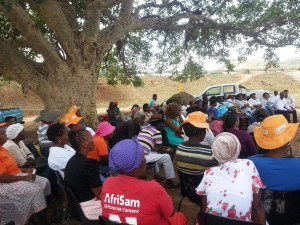
Presentation of findings during community dialogue.
The seeds of hope: In the short time that m2m research assistants spent in communities, they demonstrated that even small interventions can have a huge impact. For example, in one community, it was difficult for pregnant women to access healthcare because of the long distances involved in getting to the health centre. m2m research assistants encouraged community health workers to educate women about the dangers of home delivery for both the mother and her baby. In August 2015 when m2m intervened there were five home births, and in September, there was only one. By October, there were no home births at all.
